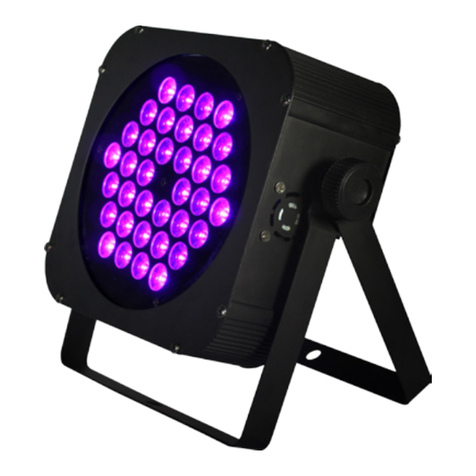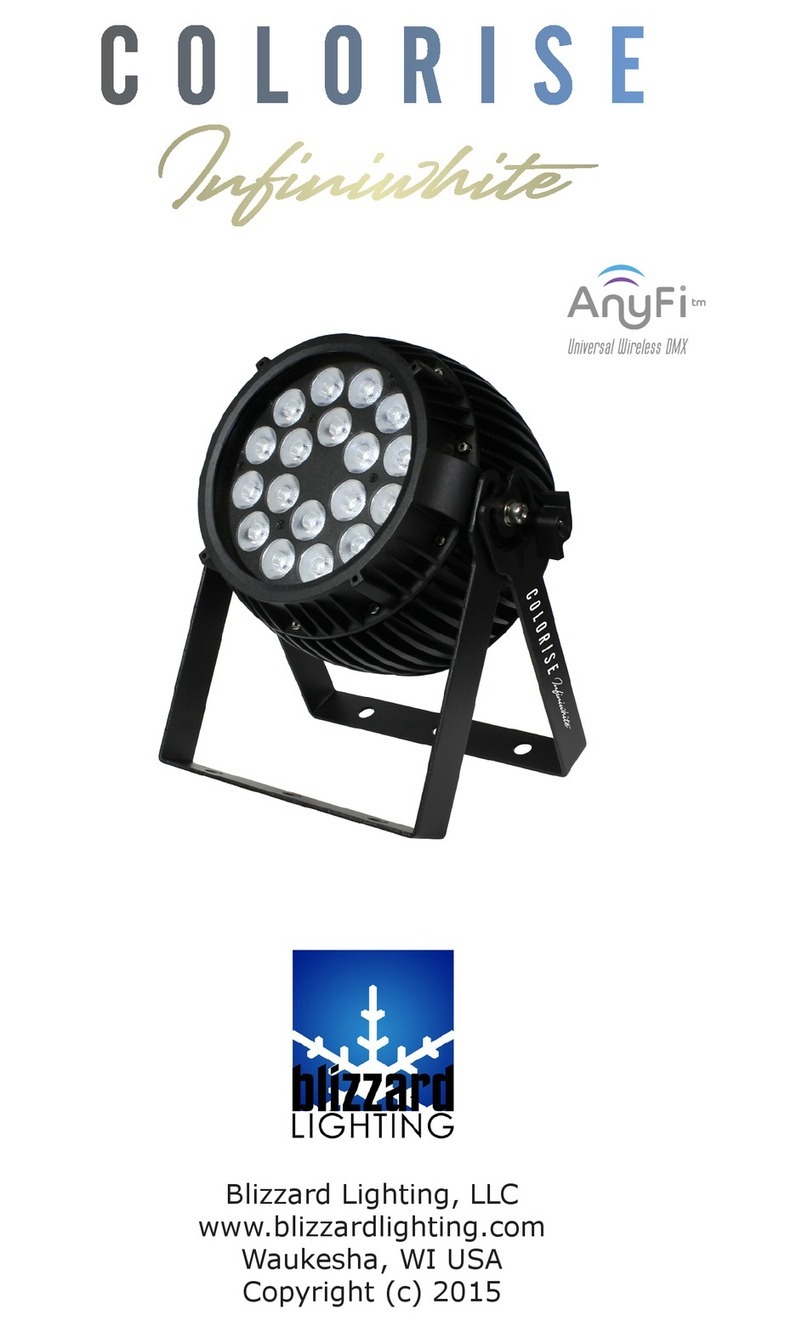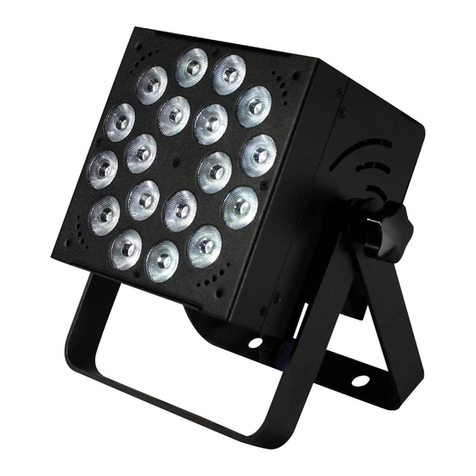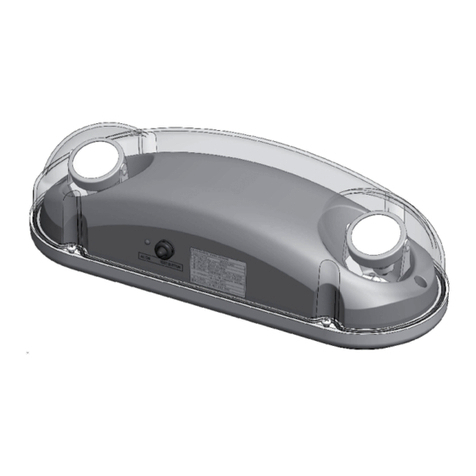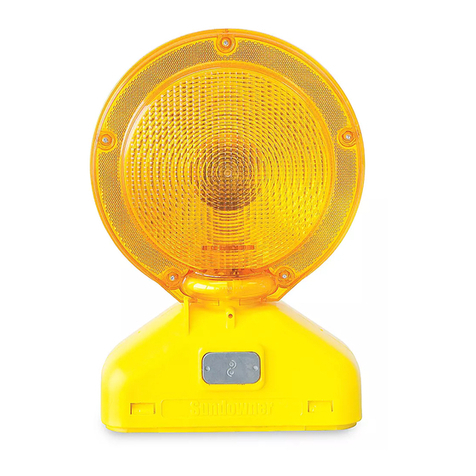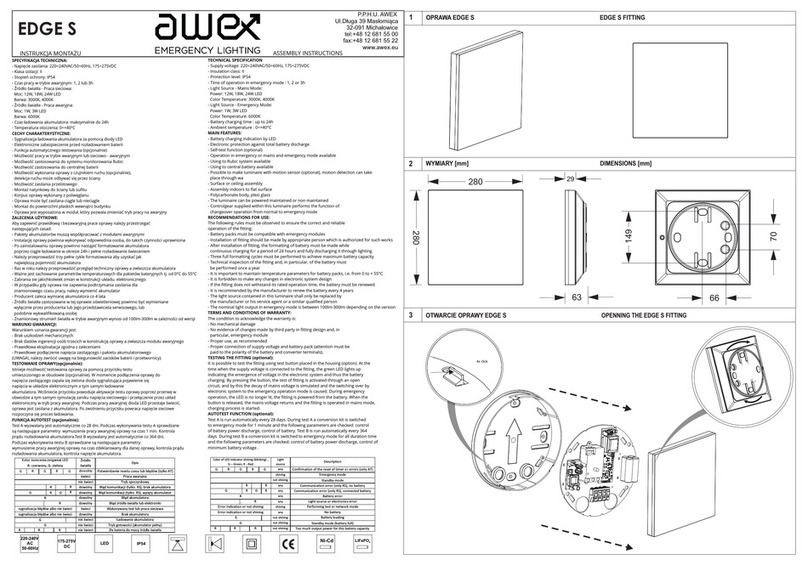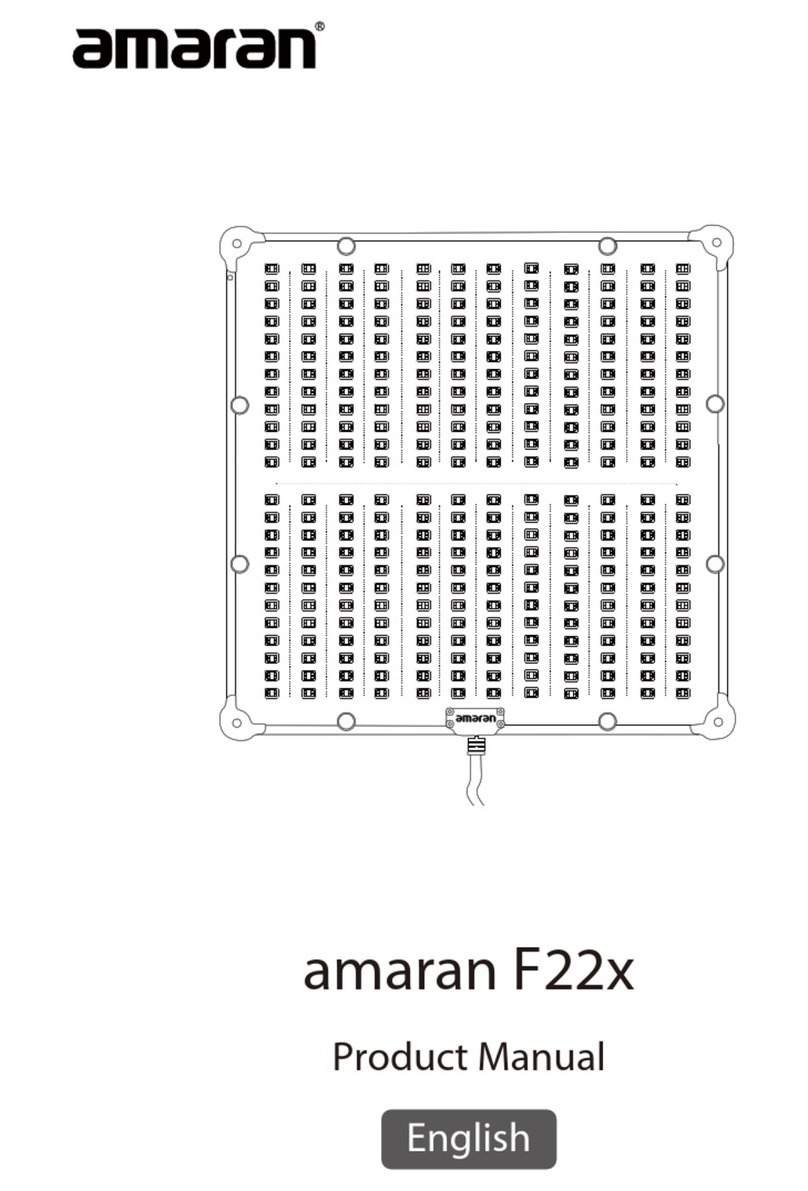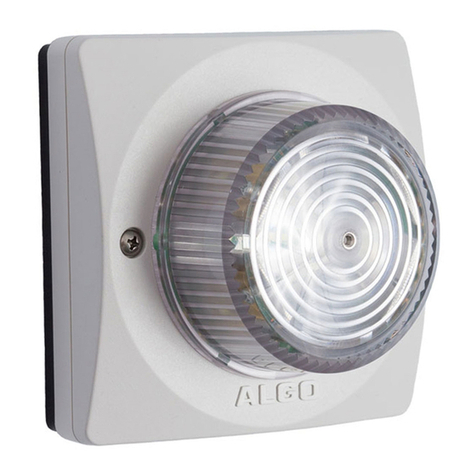Blizzard Lighting ToughPar V12 User manual




















Other manuals for ToughPar V12
1
Table of contents
Other Blizzard Lighting Lighting Equipment manuals
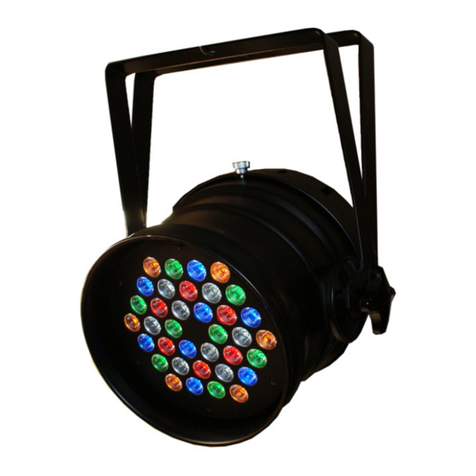
Blizzard Lighting
Blizzard Lighting Rocklite RGBAW User manual

Blizzard Lighting
Blizzard Lighting MAX L User manual
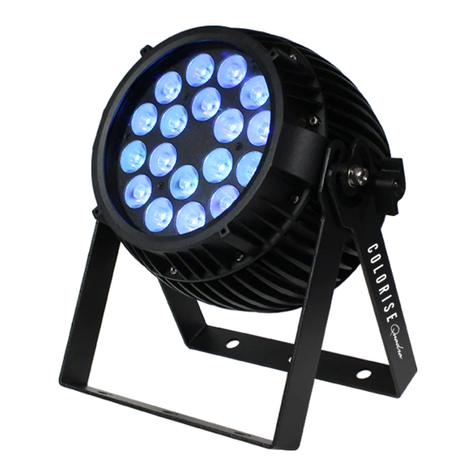
Blizzard Lighting
Blizzard Lighting Colorise Quadra User manual
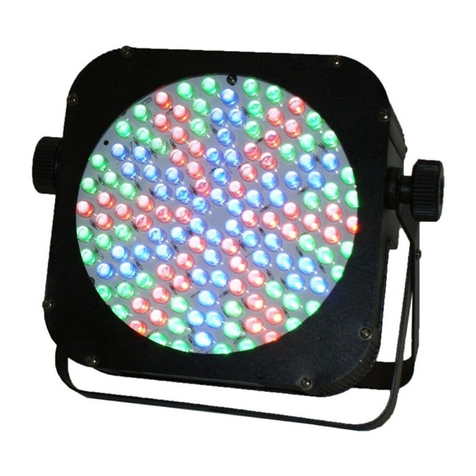
Blizzard Lighting
Blizzard Lighting The Puck RGB Unplugged User manual
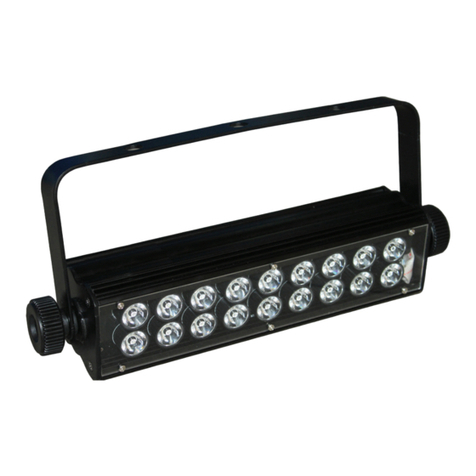
Blizzard Lighting
Blizzard Lighting SnowBlind User manual

Blizzard Lighting
Blizzard Lighting HUSH PAR Infiniwhite 500 User manual
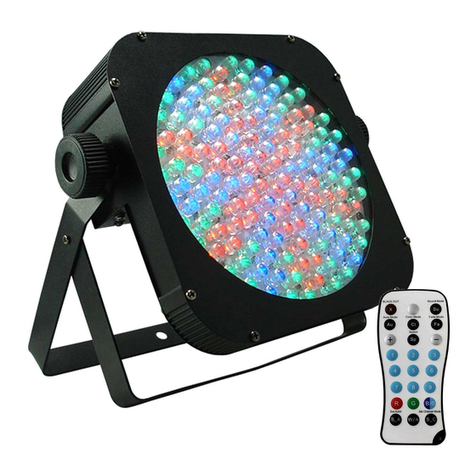
Blizzard Lighting
Blizzard Lighting the puck User manual
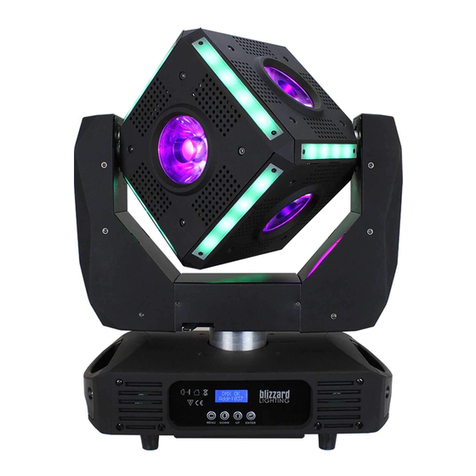
Blizzard Lighting
Blizzard Lighting SNAKE EYES User manual
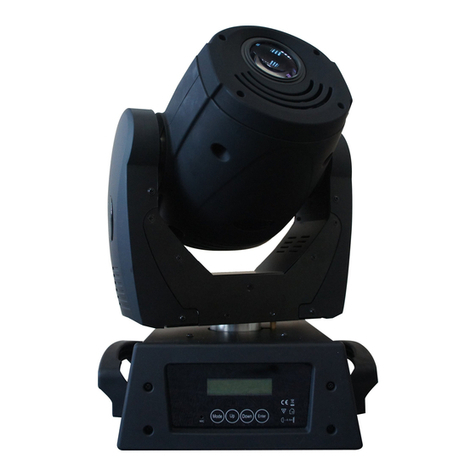
Blizzard Lighting
Blizzard Lighting Torrent F3 User manual
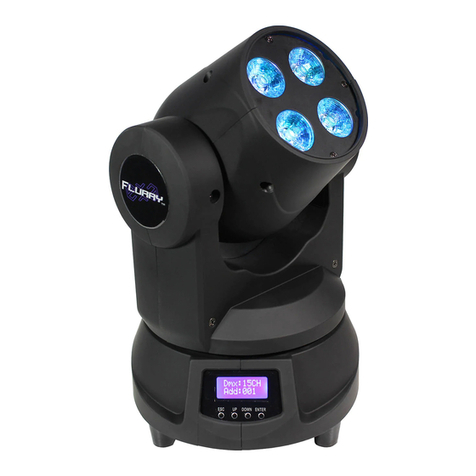
Blizzard Lighting
Blizzard Lighting Flurry EXA User manual
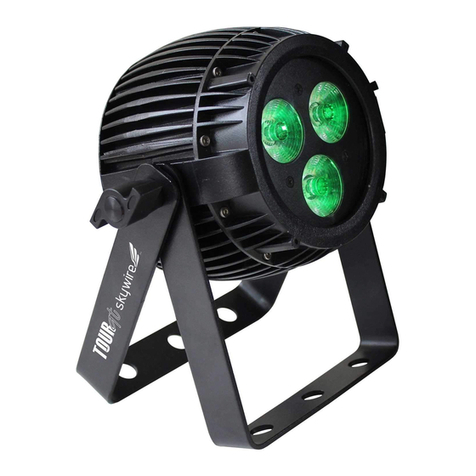
Blizzard Lighting
Blizzard Lighting Tour QT Skywire User manual
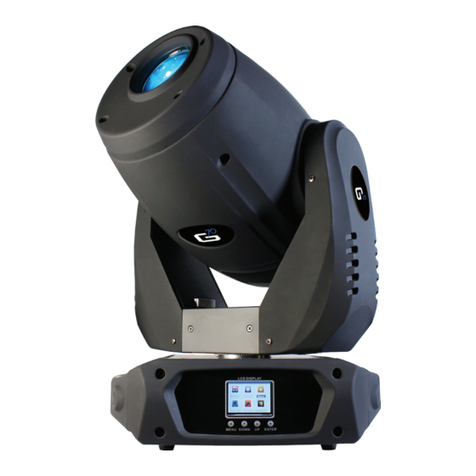
Blizzard Lighting
Blizzard Lighting G70 User manual
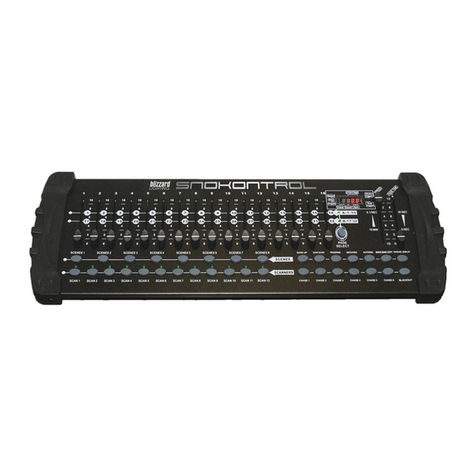
Blizzard Lighting
Blizzard Lighting snokontrol User manual
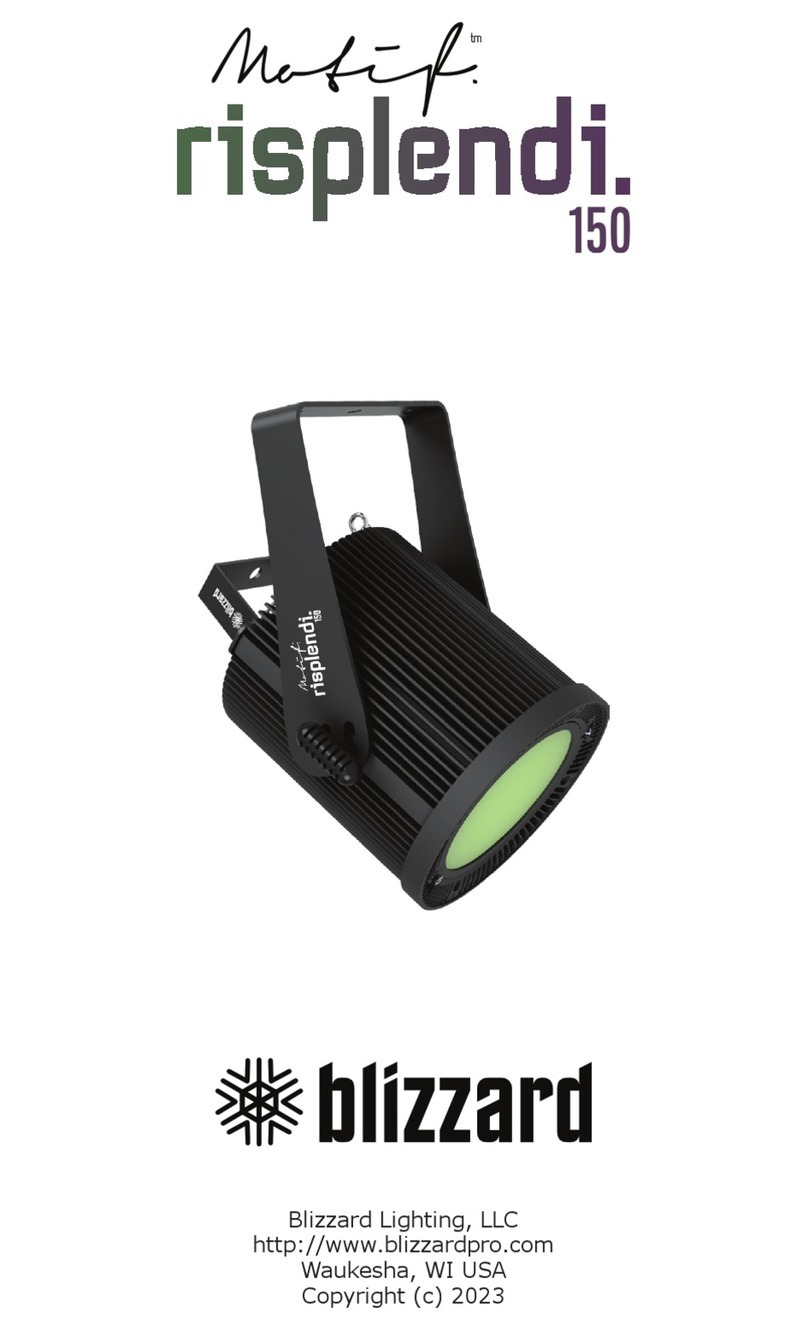
Blizzard Lighting
Blizzard Lighting Motif Risplendi 150 User manual

Blizzard Lighting
Blizzard Lighting The Puck 3NX User manual
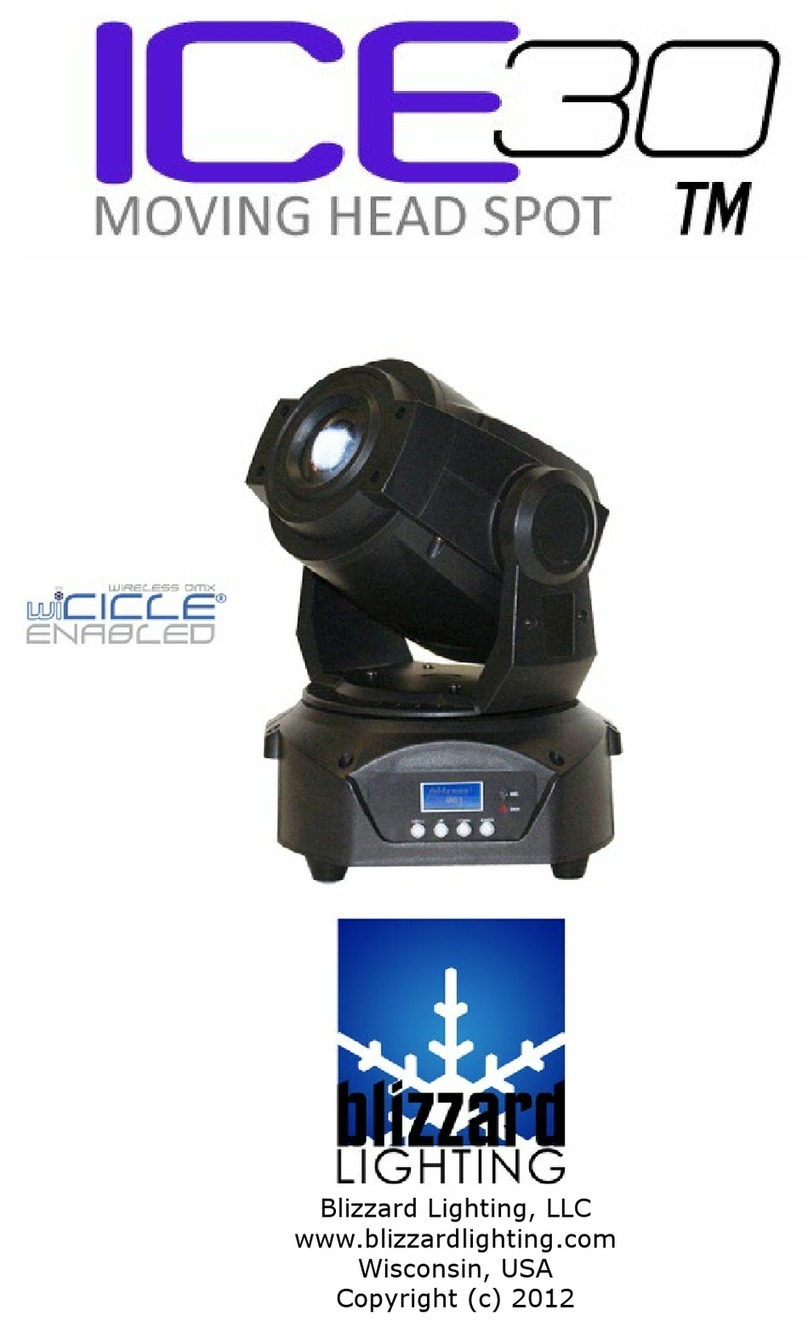
Blizzard Lighting
Blizzard Lighting ICE 30 User manual
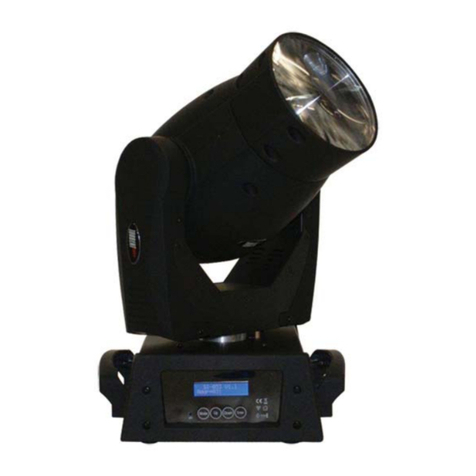
Blizzard Lighting
Blizzard Lighting Torrent 90 Beam User manual
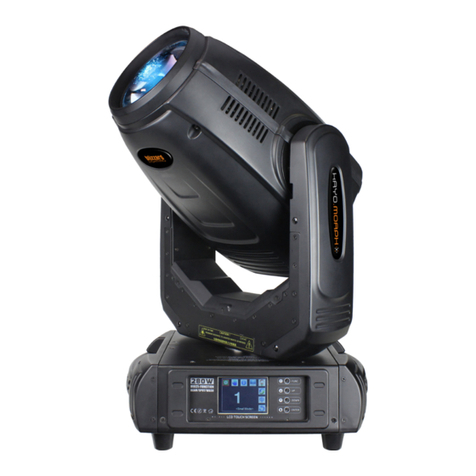
Blizzard Lighting
Blizzard Lighting KAYO.MORPH User manual
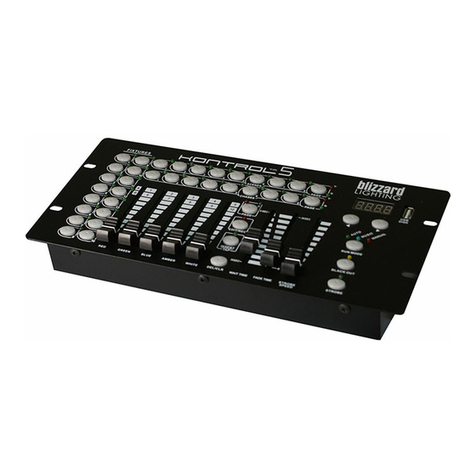
Blizzard Lighting
Blizzard Lighting Kontrol 5 User manual
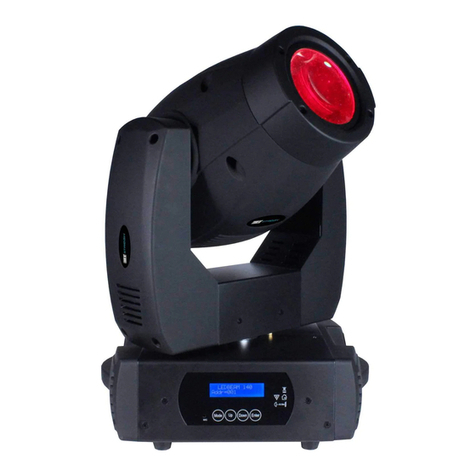
Blizzard Lighting
Blizzard Lighting Torrent Streak User manual
Popular Lighting Equipment manuals by other brands
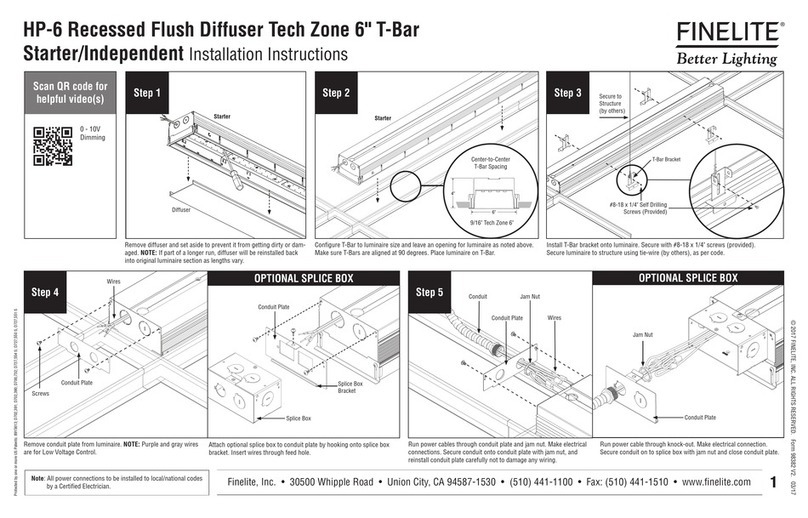
Finelite
Finelite HP-6 Recessed Flush Diffuser Tech Zone 6"... installation instructions
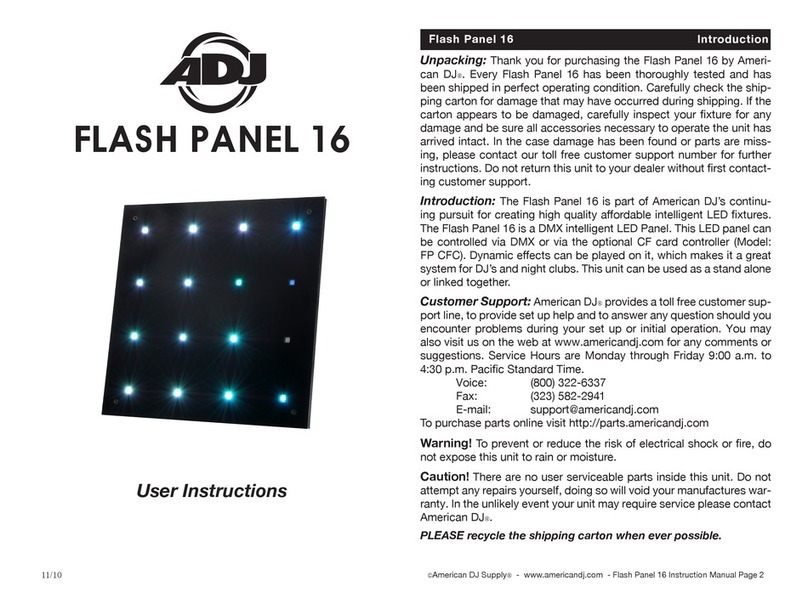
American DJ
American DJ FLASH PANEL 16 User instructions
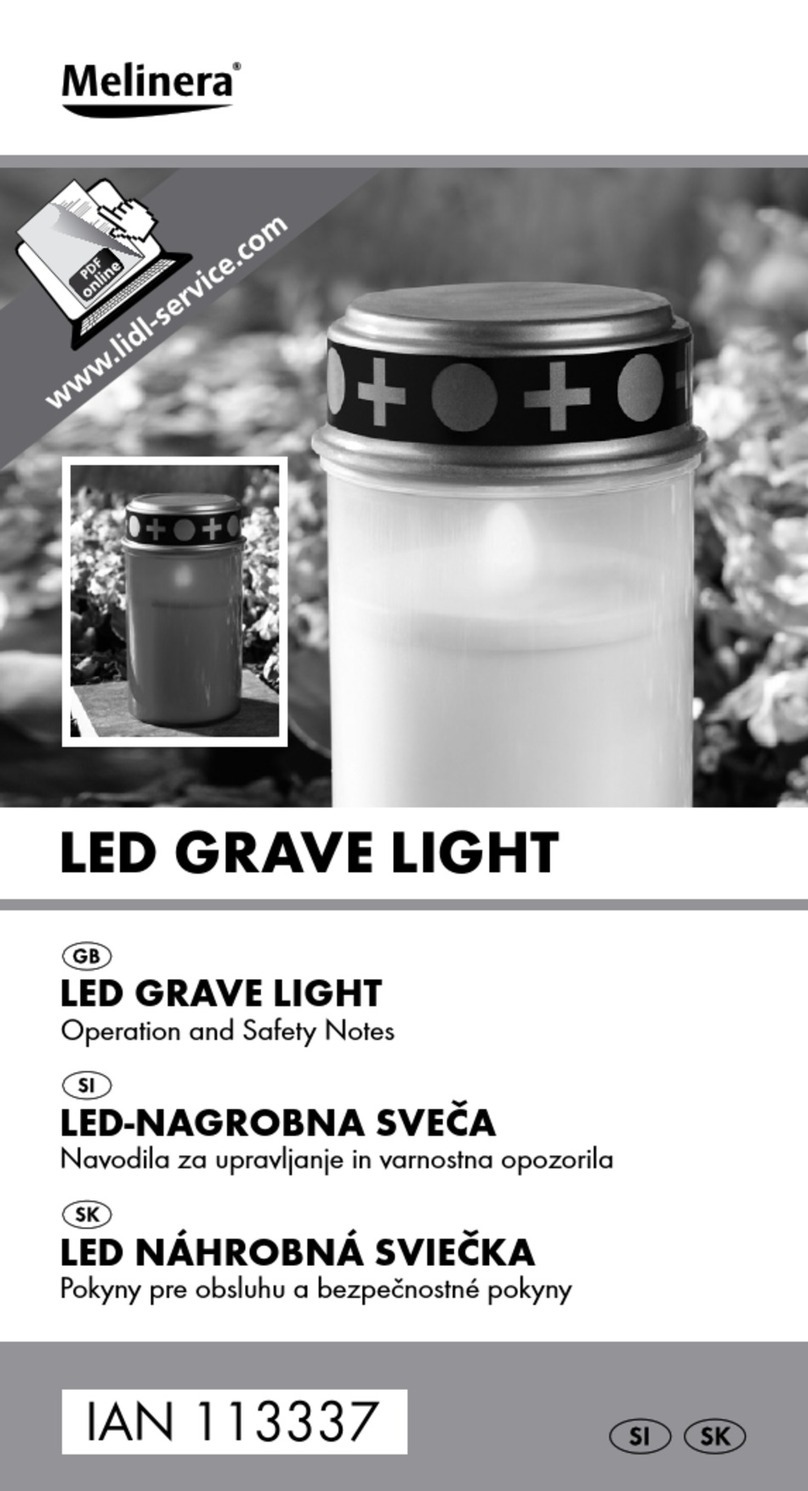
MELINERA
MELINERA Z31656A Operation and safety notes

olympia electronics
olympia electronics KLD-30 quick start guide
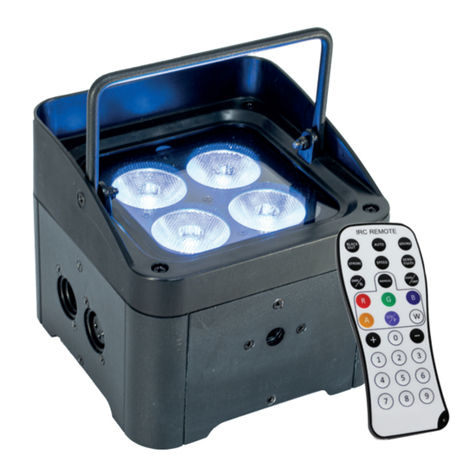
Ibiza
Ibiza TBOX-QUAD4 manual
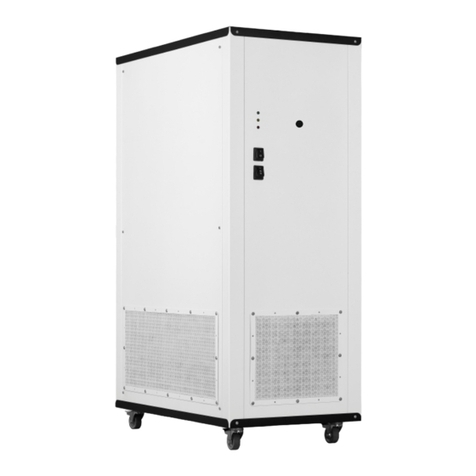
Lena Lighting
Lena Lighting UV-C STERILON CLEAN Installation instruction
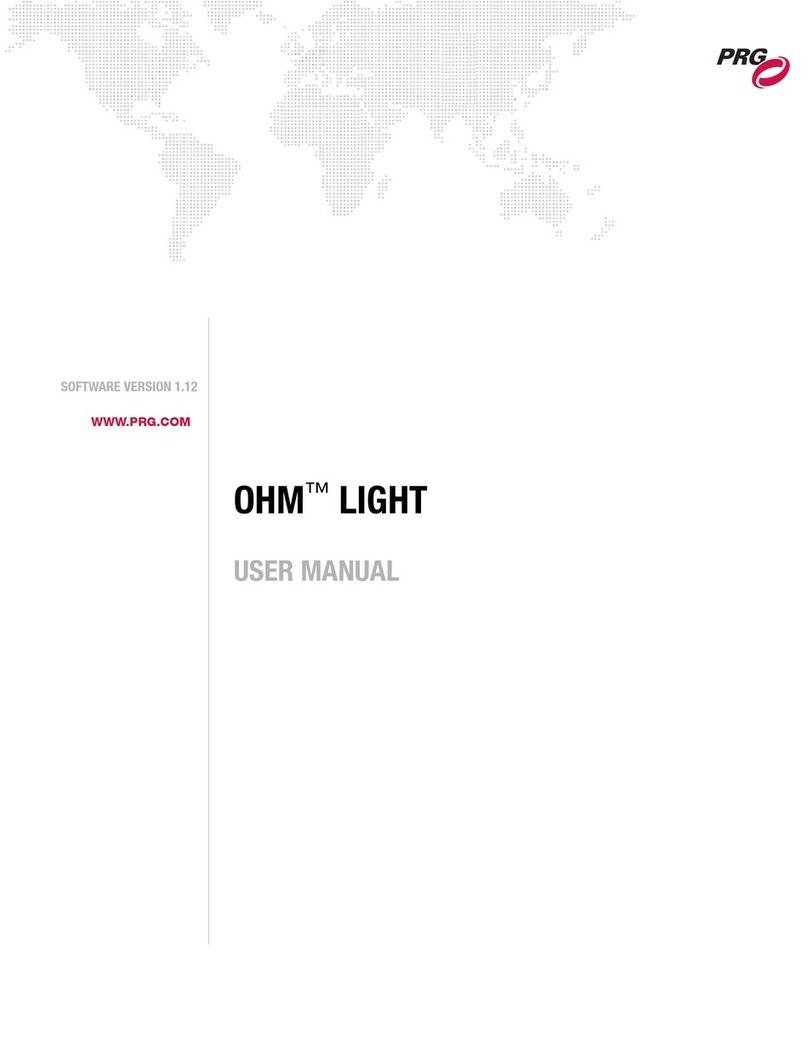
PRG
PRG OHM LIGHT user manual
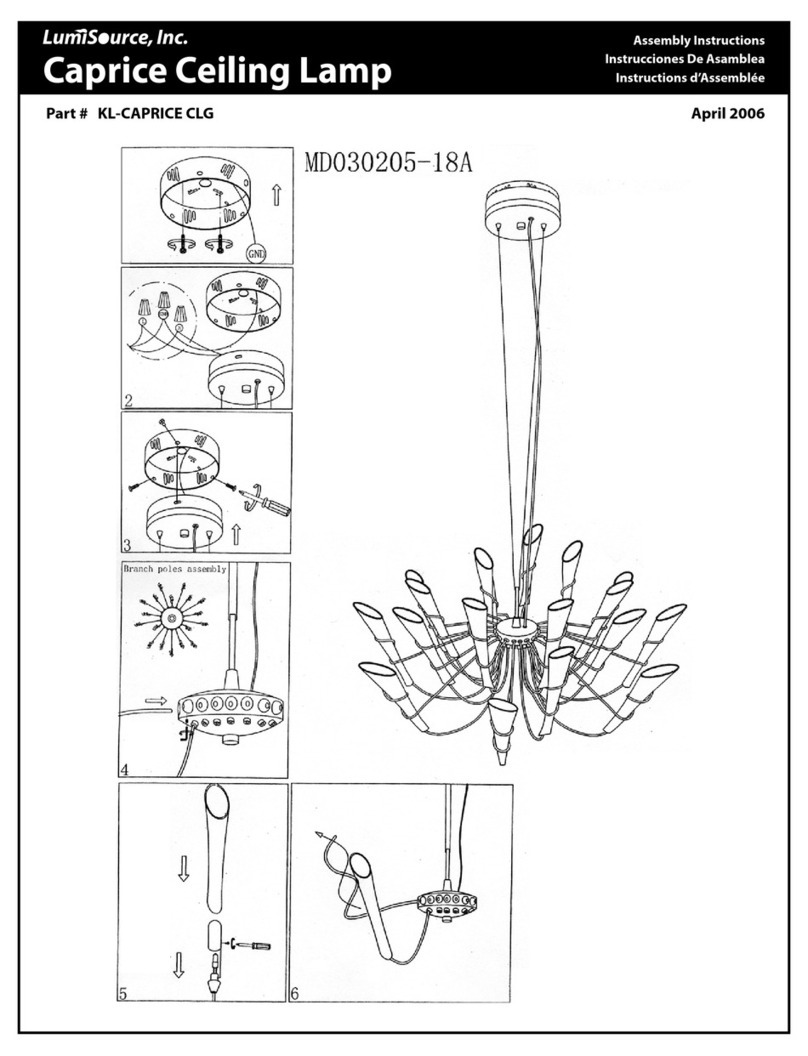
LumiSource
LumiSource MD030205-18A Caprice Assembly instructions

Granudos
Granudos 25-S4 operating instructions

IOTA
IOTA I-42-EM-TM instruction manual
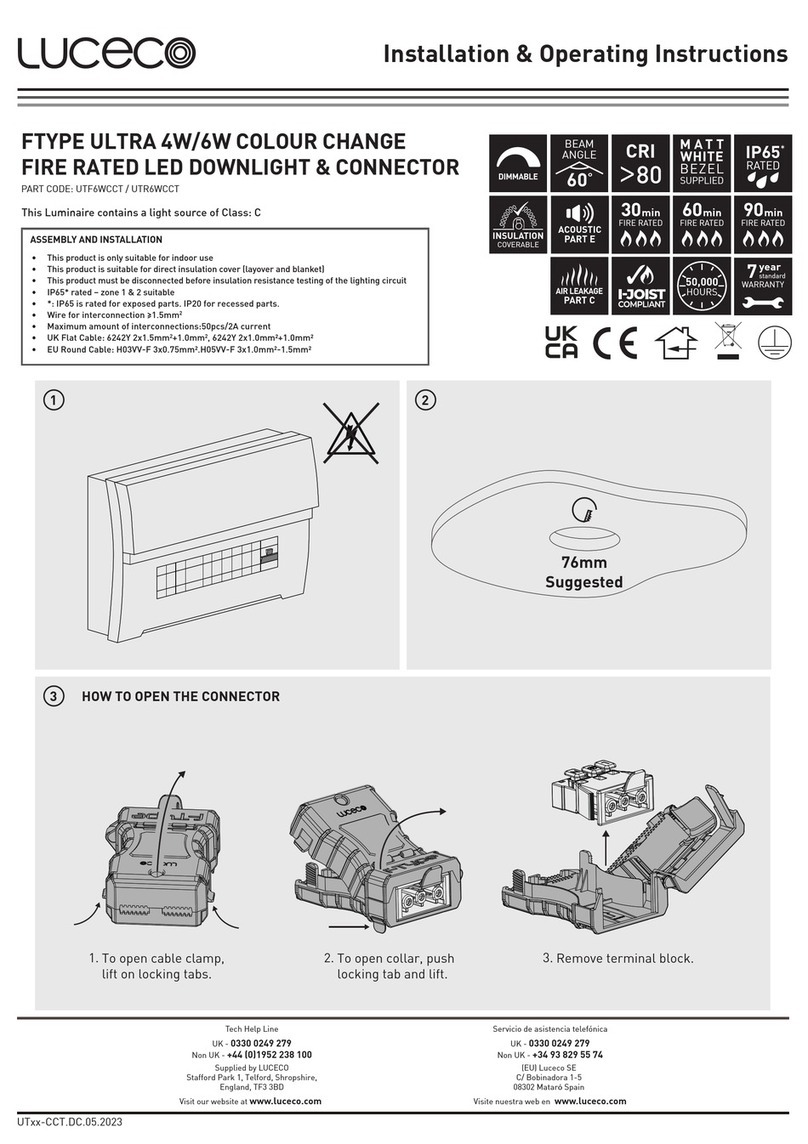
luceco
luceco UTF6WCCT Installation & operating instructions
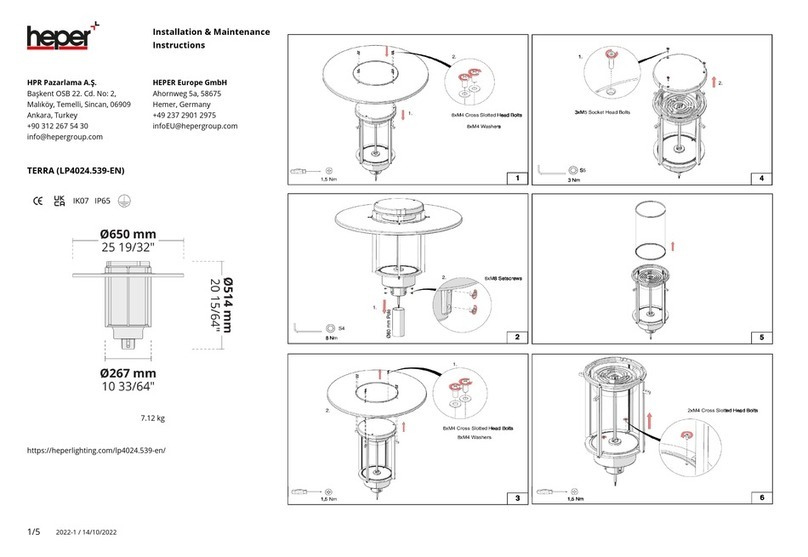
HEPER
HEPER TERRA LP4024.539-EN Installation & maintenance instructions

